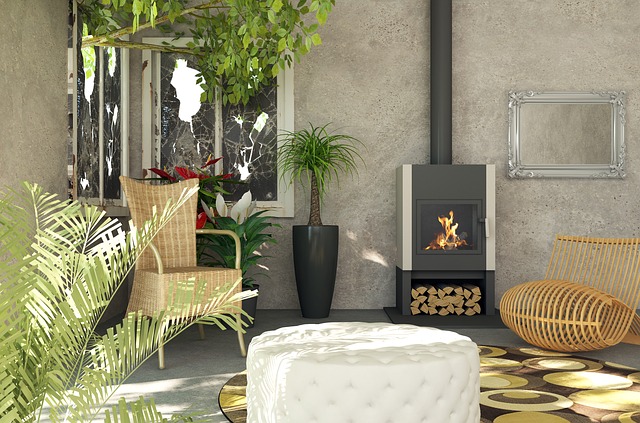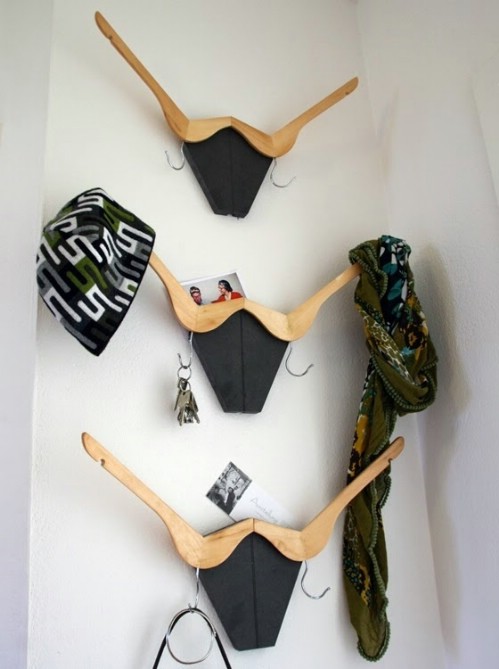Choosing between soundproofing and sound damping is usually an easy decision. However, people often confuse the two making it more difficult than it it has to be. Soundproofing includes using measures to stop sounds from entering or leaving a room.

To incorporate soundproofing into your room, you have to modify your construction (implement soundproofing measures in the existing walls). Sound dampening, on the other hand, only requires hanging felt wall tiles and other easy-install techniques.
In this article, we discuss the differences between soundproofing and sound dampening and their appliances. Use it to decide whether soundproofing or sound dampening is right for your environment.
Soundproofing Vs. Sound Absorbing: the Difference
There are two approaches when it comes to improving your living space’s acoustic properties. Products known as composites absorb echo within rooms. These absorbing materials improve the quality of sound within a room and reduce reverberation. You can install these materials in panel form on the ceiling or the walls.
However, these panels do not block sound from entering or leaving a room. They simply reduce the sound bouncing off the walls. Products that block sound from entering or leaving the room have to be installed within the walls or ceilings as part of the construction material. These materials are typically dense and heavy. They also usually have easily decoupled structures.
Due to their density, soundproofing materials will reflect sounds into the room they manatee from to prevent them from entering the soundproofed room. So, blocking and absorbing sound are two completely different processes, each with its applications and materials.
Foam Insulation as a Sound Deadening Solution
One way to start the insulation process early is to use spray foam to mimic injection foam. This type of foam can dampen sounds from the TV, others talking, and absorb sounds within the walls, such as those from plumbing and pipes.
Foam and felt panels aren’t the only solutions to reducing noise within your room. You can also hang acoustic curtains and install double-pane windows. If double-pane windows aren’t an option, you can seal the spaces around doors and windows to reduce the noise transmission within your home.
Sound Absorbing Options
For most, soundproofing a room isn’t an option or a necessity. Luckily, people trying =to reduce noise within their rooms have a few options to reduce the sounds within their spaces. These options can look professional as well as functional.
- Fabric-wrapped acoustic panels- decorative, sound-absorbing panels for any space. These panels improve sound quality by reducing noises such as speech and television.
- Wool- Cementious wood-fiber panels.
- Acoustic felt panels- Hang these panels in decorative displays anywhere in the house.
Soundproofing Options
You already understand sound physics. You just haven’t thought about it in a relatable way until now. Visualizing sound will help you understand sound physics. Think about trying to soundproof your basement. Instead of using sheetrock, you put egg carton foam onto the studs.
This material is light and soft- it’s mostly air. After installing the foam, your friend goes to the other side of the wall, and you begin talking. You will no doubt be able to hear your friend. Why? Because sound travels quickly through air. That’s why you can hear sound. If it didn’t travel well through the air, everything would be muffled.
So, what materials impede sound from traveling as it wishes. And, to take it a step further, what materials block sounds entirely from entering a system (room). There are three basic ways to block sound. You can add mass to the existing structures to make it heavier, decouple the wall assembly to stifle sound transfer, or dampen the energy of the sound traveling through the wall.
So, you get a new basement, except this time, you’ve wisened up to the egg crate’s act. Instead, you decide to use sheetrock on both sides of the wall. You send your friend over to the other side of the wall and start chattering away. Can they hear you? Maybe a little, but not nearly as much as they could before.
How to Soundproof Your Apartment: the Myths and What You Can Actually Do?
Despite there being plenty of viable options to soundproof the rooms in your home, there are also quite a few ridiculous ideas. Much like our example of the egg cartons, you can’t just
Lay a shaggy rug on your floor or place a bookshelf against the wall and expect your room to be noise free.
True soundproofing and sound dampeneing requires either professional help or extensive research.
Myth 1- You Have to Soundproof an Empty, Echoing Apartment
This is one of the most common myths. You don’t need to eliminate all noises from entering your apartment. The only reason to employ extensive soundproofing techniques is if you have a recording studio or you use your space for reasons other than just improving your sound quality.
If you need to absorb some sound, employ some sound dampening techniques to reduce it. Acoustically comfortable environments are attainable without soundproofing.
2. Myth 2- Acoustic Panels On Your Walls Will Stop Noise Transfer
Acoustic panels will absorb sound but they won’t stop sound transfer altogether. If your apartment has hard surfaces, sound will bounce around. Alone, soundproofing panels won’t eliminate sound. You need more elaborate solutions to eliminate sound.
Quick Fixes
The following measures will help improve your sound environment without you having to struggle too much.
- Earbuds
- Politely ask your neighbours to quiet down
- White noise machines
- A little more effor in your sound damping measures
- Seal your doors and windows
Conclusion- Should You Use Sound Damping or Soundproofing
Choosing whether you need soundproofing or sound damping comes down to your situation. If you’re just looking to reduce some of the noise reverberating within your room, sound damping is most likely the best option. If you’re planning on building a full-scale recording studio, soundproofing is the only option.
The difference between sound damping and soundproofing is that sound damping use sound absorption to reduce nosies reverberating within a room. Soundproofing blocks sound from entering or leaving the room.






